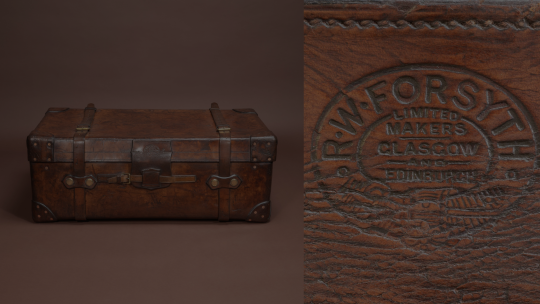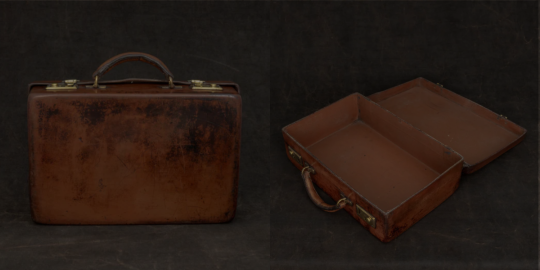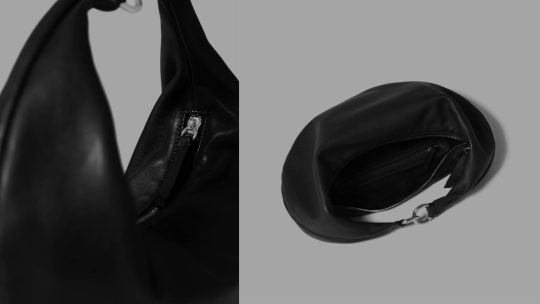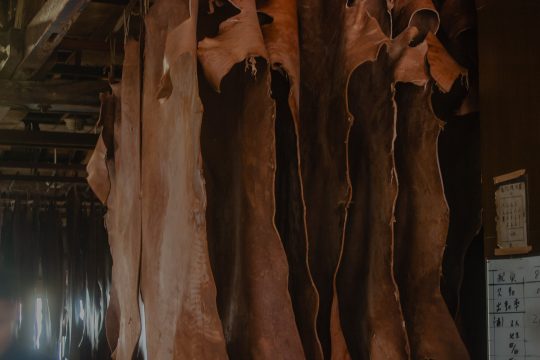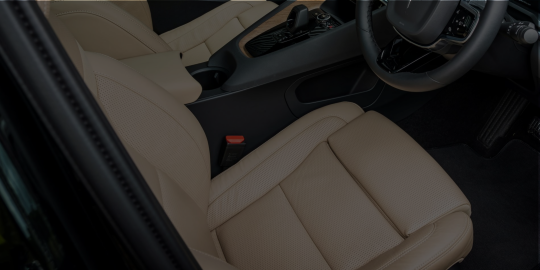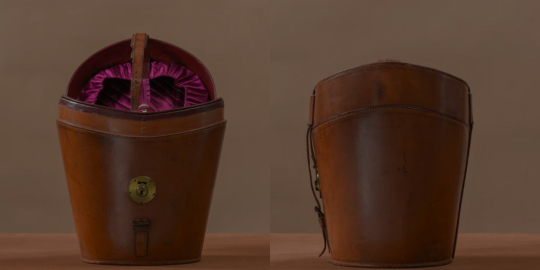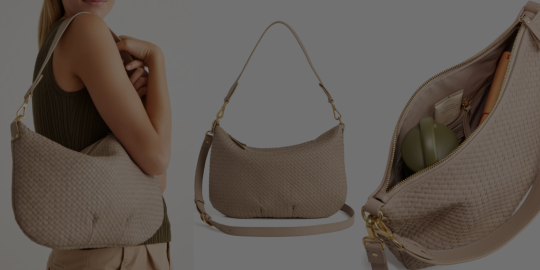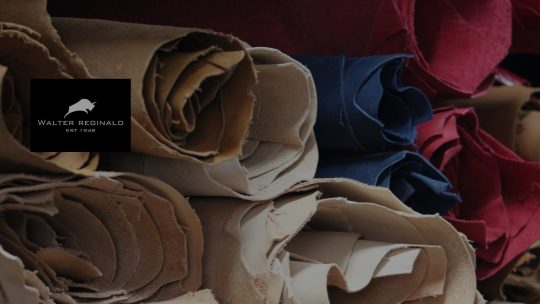
Real Leather. Stay Different. Africa Talent Leather Design Showcase is Addis Ababa Fashion Week hit
The second Real Leather. Stay Different. Africa Talent Leather Design Showcase was the hit of the Africa Sourcing and Fashion Week in Addis Ababa, Kenya. The 14 finalists showed off their designs, each highlighting the versatility and sustainability of



